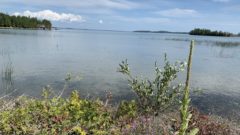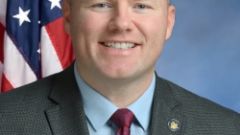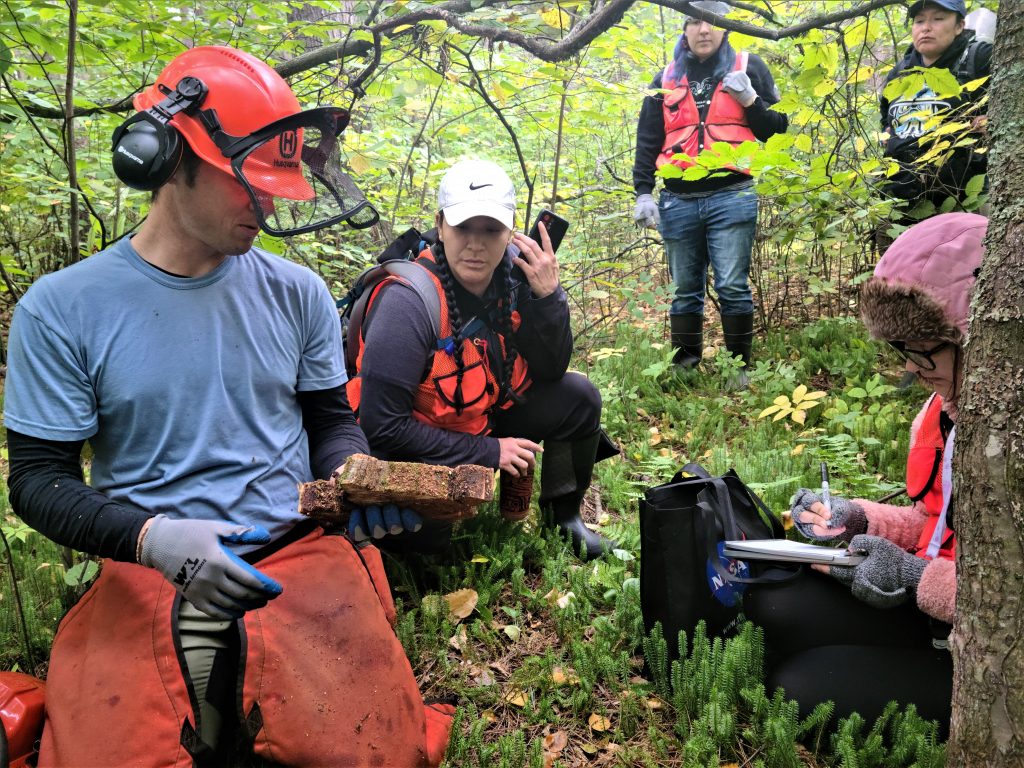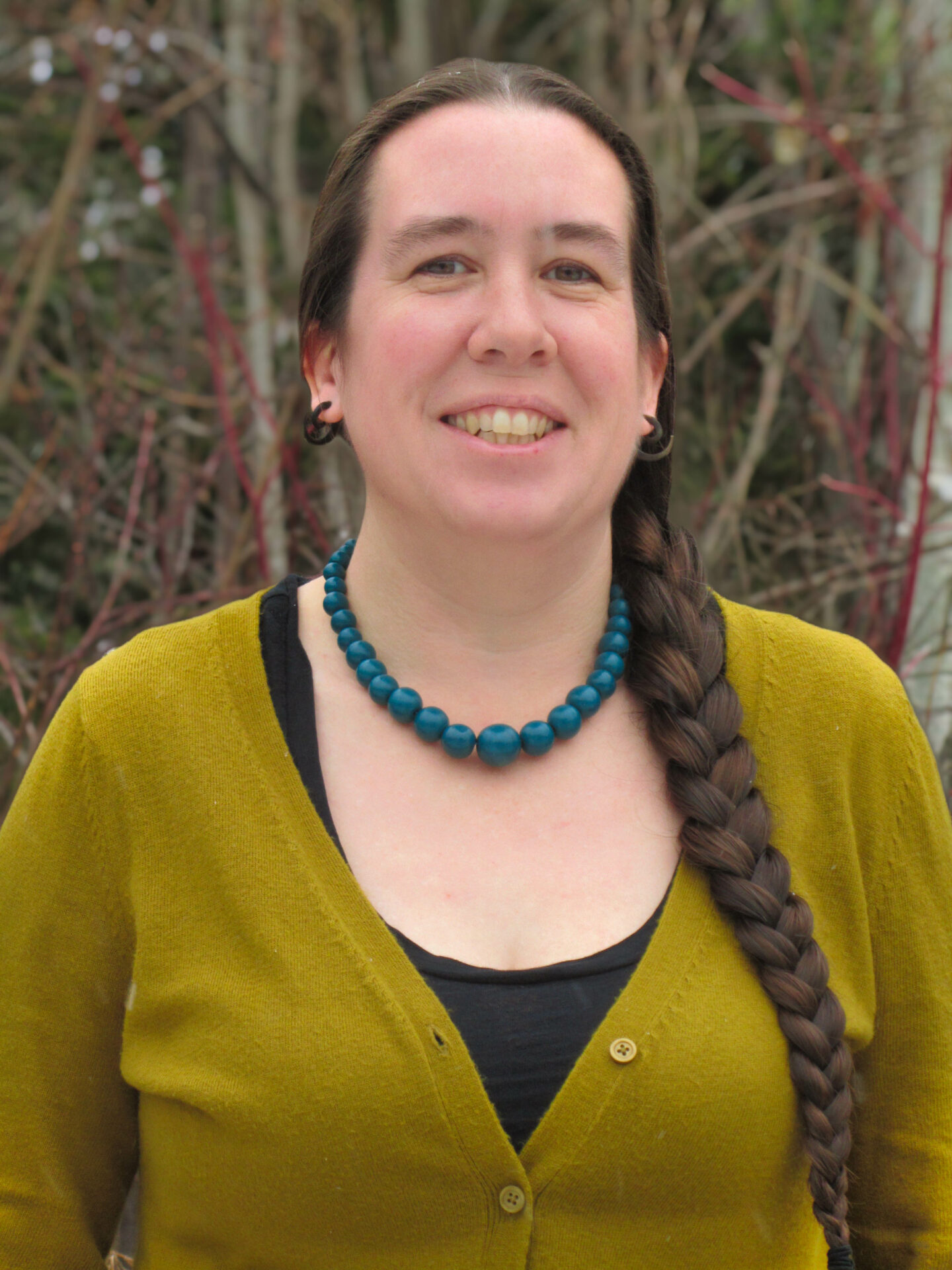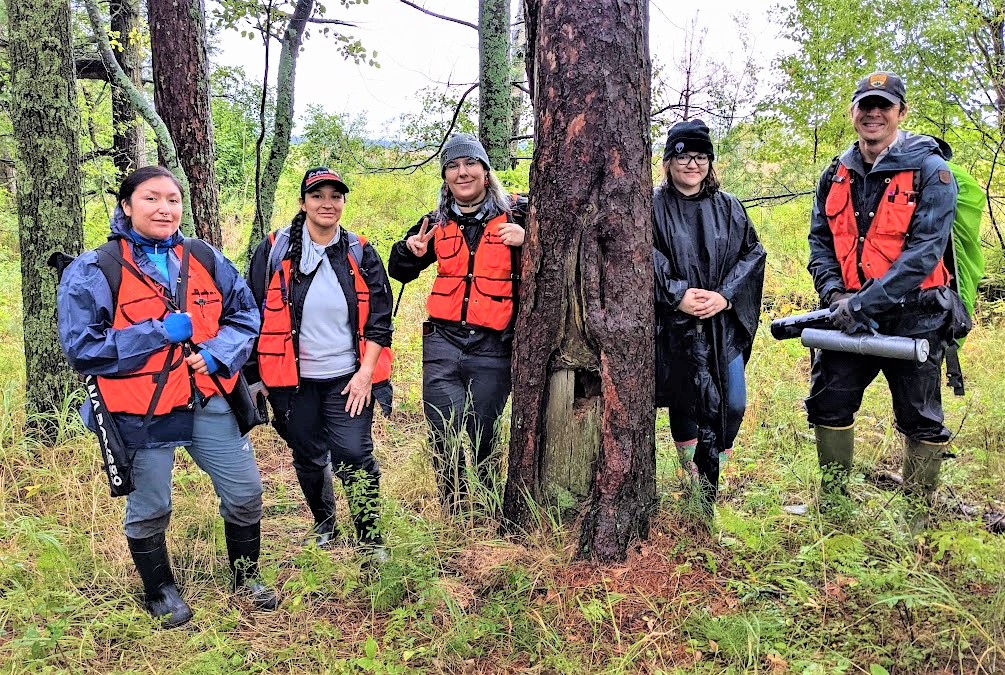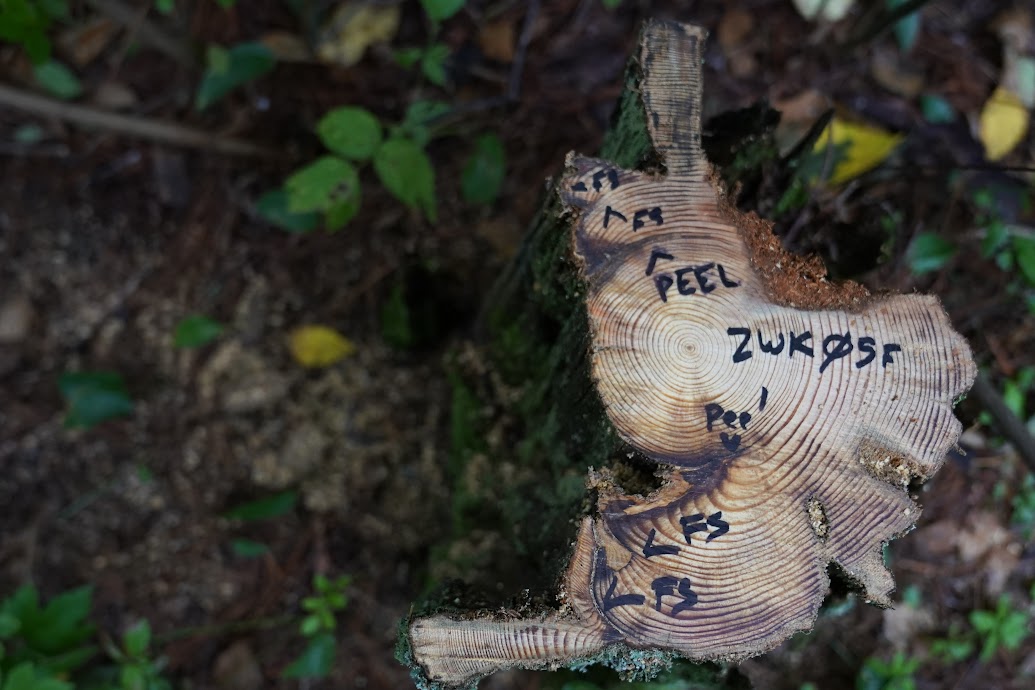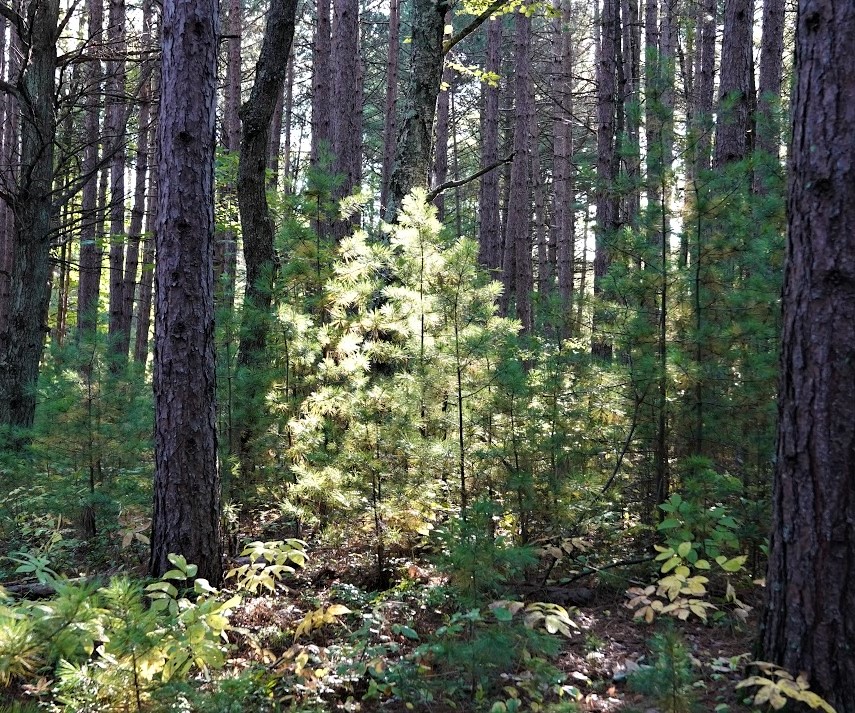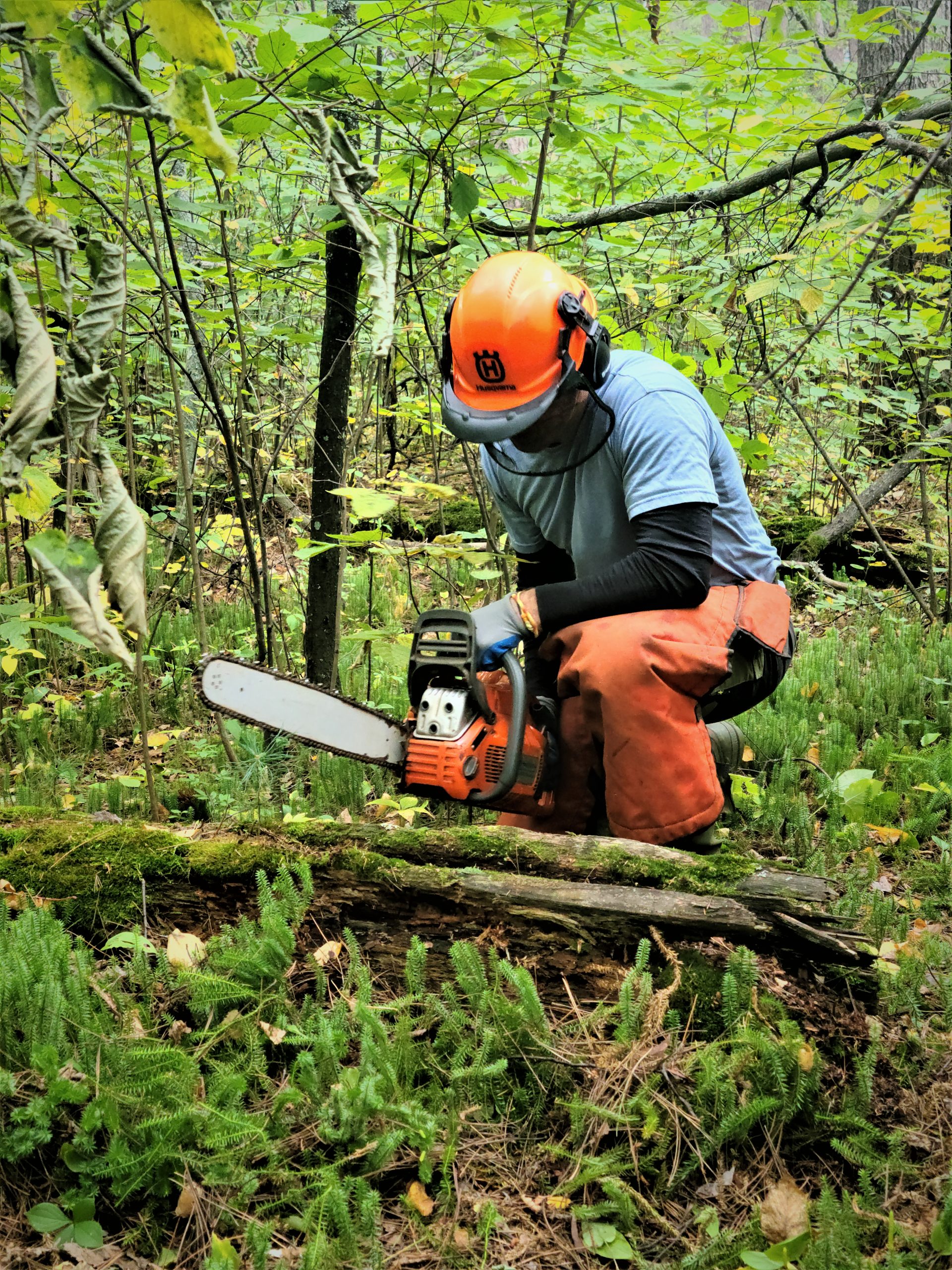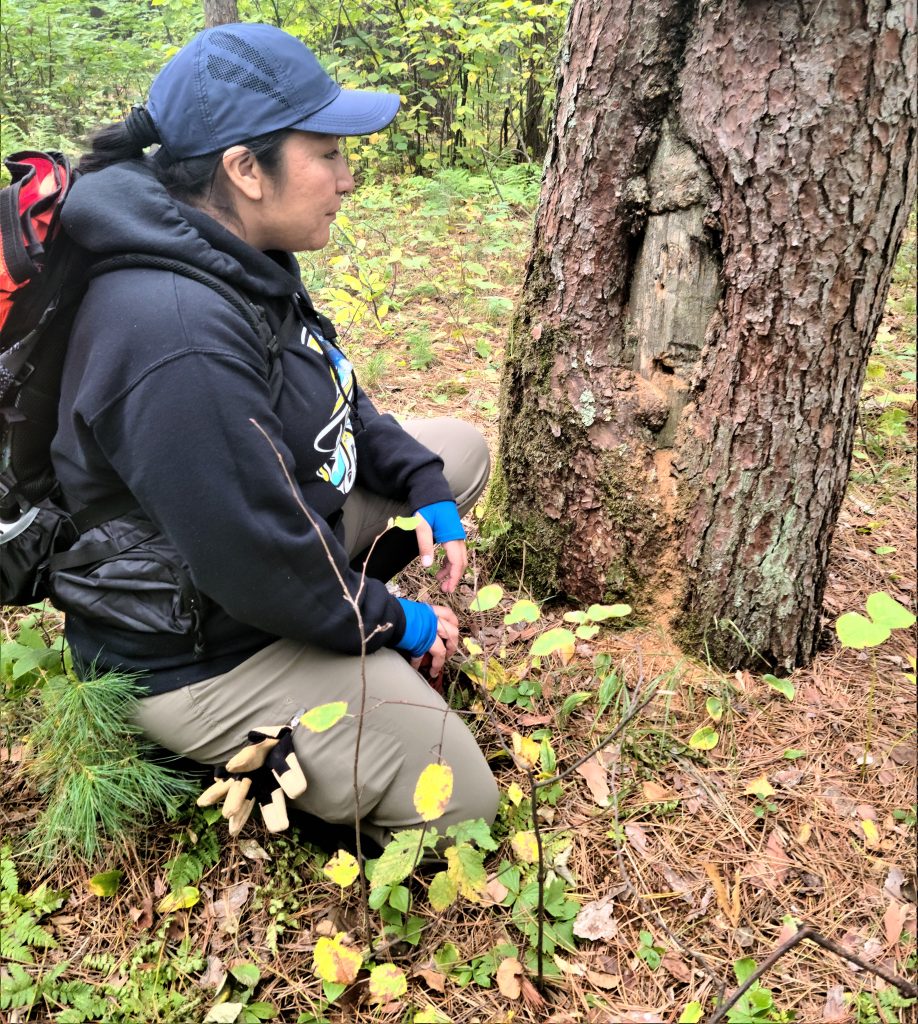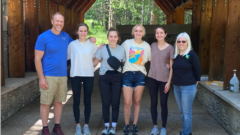Tracking piping plovers from Great Lakes to Atlantic, Gulf shoreline
Staff at the Sleeping Bear Dunes National Lakeshore is keeping tabs on a specific bird that summers in northern Michigan. A piping plover from northern Michigan was spotted at a state park in Florida this week. Read the full story by WPBN – TV – Traverse City, MI.
Great Lakes Commission
https://www.glc.org/dailynews/20221216-plovers

